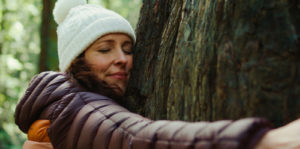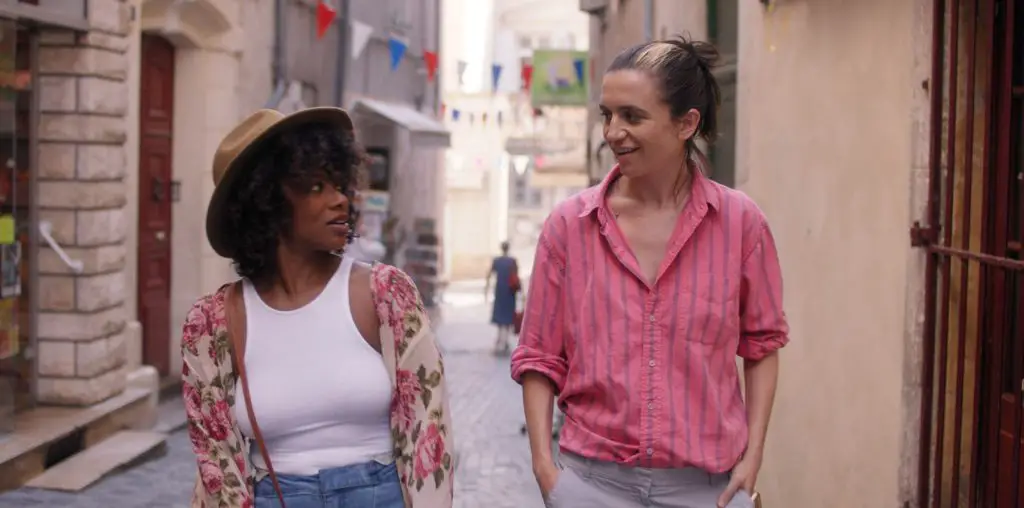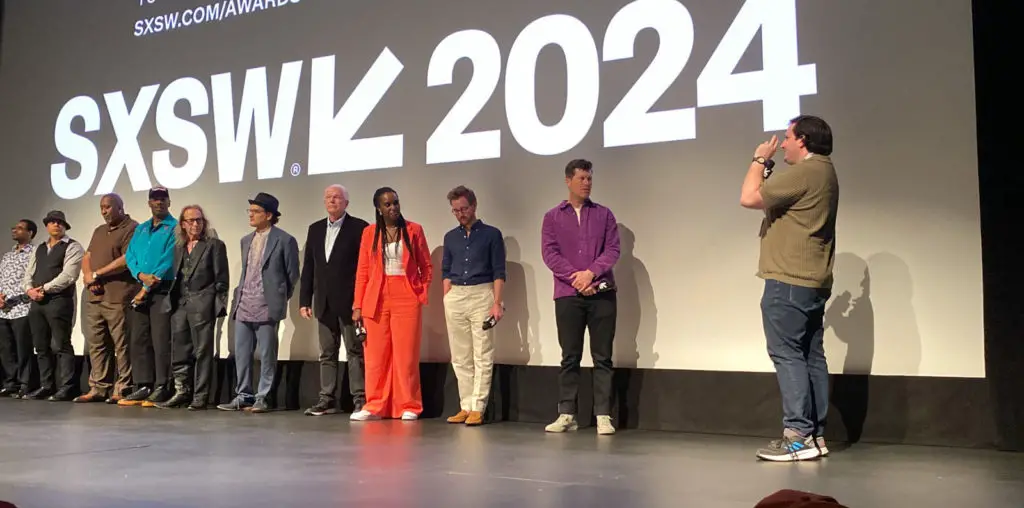
An Austin Film Festival favorite, and Audience Award winner for best Comedy Vanguard Feature at the event — For When You Get Lost exists as deeply insightful, beer-fueled look at the absurdities of life, death, and family. Moreover, it’s exists as a profound thesis on personal growth, and the journeys we all take toward empowerment.
I had the privilege to sit down for an interview with the two women behind it all, director Michelle Steffes and the film’s writer/lead actress Jennifer Sorenson, who was as thought-provoking as it was hilarious. And, by the end, all I wanted to do was tell my family that I love them, heal old wounds… And maybe (definitely) get a beer. Take a look at our wide-ranging conversation below:
First, let’s address the brewery-sized elephant in the room. Beer. This is a film about the communities that craft beer culture can create. What made beer so approachable as a narrative subject, and what does beer mean to you — outside of the ubiquitous tropes that it’s known for?
Michelle: That’s a Jennifer question, so I’ll defer to her on this one. I definitely love beer, but she has a lot more expertise in that particular area.
Jennifer: Most of the film is inspired by a real-life road trip that I took years ago, even if a lot of the material is fiction, but one of the things that is real is that I did work at a brewery when I was in my twenties. It’s a brewery called Moylan’s, and it’s the first brewery we see in the film.
“…there are logistical challenges. You have to lean on the people around you…”
I worked there and went to beer festivals with my friends and co-workers all the time. We met everybody in my local scene, and I fell in love with the community. I learned about beer, gained a lot of weight — because you can’t drink too much craft beer without that happening — and became so enamored with the family side of the beer industry.
So when I did the actual road trip, I was by myself, and I stayed near breweries at every stop because I wanted to feel safe like I did when I had worked in that world. I took those real-life experiences into my writing and thought it would be interesting to have characters who went through breweries for the same reasons and a main character (in June) who continues to search for family in those places. I also found it interesting that beer isn’t associated with women a lot, and actually, a lot of the breweries in the film are owned or co-owned by women. So we wanted to shift that status quo because I’ll let you in on a little secret… Girls like beer.
Now that we’ve gotten the obligatory beer question out of the way let’s dig a bit deeper into your collaborative relationship. Michelle, this was your first time directing a feature film — and Jennifer, as the writer and lead, I’m sure that both of you felt a certain level of expectation going into this project. I’d love to hear how the both of you navigated that maelstrom as individuals, and then how your creative partnership also helped you handle any uncertainty as a team?
Michelle: I had known Jennifer for a few years before this, but not well, and so this was really my experience of getting to know her. I think our relationship has been one of my favorite things to come out of making this film, and Jennifer is (and was) such an incredible creative partner. Anytime a director is making something that has a small crew, tons of locations, and that’s shooting over two phases — there are logistical challenges. You have to lean on the people around you, but then you have this internal challenge for Jennifer because she is acting in a thing that she has a profound connection to.


